Maintaining a clean and organized home is essential for mental well-being and productivity. It creates a peaceful environment, reduces stress, and fosters a sense of accomplishment. However, many struggle with balancing daily life and housekeeping, especially during challenging times. This guide offers practical tips, routines, and compassionate strategies to help you keep your house tidy and organized, even when life feels overwhelming. By focusing on small, manageable steps, you can create a space that reflects your well-being and supports your mental health. Start your journey to a cleaner, calmer home today.
Overview of the Importance of a Clean and Organized Home
A clean and organized home plays a crucial role in promoting mental and physical well-being. It reduces stress, fosters productivity, and creates a sense of calm. Clutter and disorganization can lead to feelings of overwhelm and anxiety, making it harder to focus. A tidy space also improves safety by reducing tripping hazards and preventing pests. Additionally, maintaining a clean home supports better hygiene, lowering the risk of illness. By prioritizing organization, you can save time, enhance efficiency, and create a welcoming environment for family and guests. A well-kept home is not just a physical space but a reflection of self-care and responsibility.
Understanding the Challenges of Maintaining a House
Maintaining a house can be daunting due to mental health struggles, busy schedules, and overwhelming clutter. Many feel guilty comparing their homes to others, forgetting that perfection is unattainable. Challenges like lack of motivation, limited time, and physical or emotional exhaustion often hinder progress. Additionally, pests, mold, and ventilation issues require attention to ensure a safe and healthy environment. Assigning responsibilities to family members can help, but it’s essential to recognize that everyone’s capacity differs. By acknowledging these challenges and setting realistic expectations, you can approach housekeeping with compassion and create a system that works for you, rather than against you.
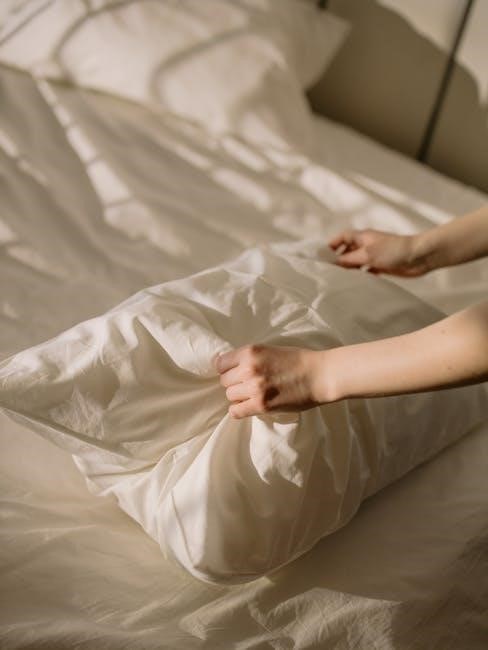
Mental Health and Housekeeping
Mental health deeply impacts housekeeping abilities, as emotional struggles can hinder productivity. A cluttered space often mirrors inner turmoil, making organization and cleaning feel overwhelming.
How Mental Health Impacts Housekeeping Abilities
Mental health significantly influences housekeeping abilities, as emotional struggles can paralyze productivity. Stress, anxiety, and depression often lead to fatigue and a lack of motivation, making tasks feel insurmountable. A cluttered environment may reflect internal turmoil, exacerbating feelings of overwhelm. For individuals with mental health challenges, maintaining a tidy space can feel like a constant battle, with emotional barriers hindering progress. This intersection of mental well-being and housekeeping highlights the need for compassionate, self-care-focused strategies to manage daily tasks and create a calming, organized home environment.

Practical Tips for Managing Housekeeping with Mental Health Struggles
Managing housekeeping while dealing with mental health challenges requires compassion and realistic strategies. Start with small, achievable tasks, like setting a timer for 10-minute cleaning sessions, to avoid overwhelm. Focus on high-impact areas that bother you most, rather than striving for perfection. Celebrate small victories, even if it’s just making your bed or wiping down the sink. Practice self-kindness and remind yourself that your worth isn’t tied to your home’s state. If motivation is lacking, try pairing chores with enjoyable activities, like listening to music or podcasts. Seeking support from loved ones or professionals can also help lighten the load and create a more manageable routine.
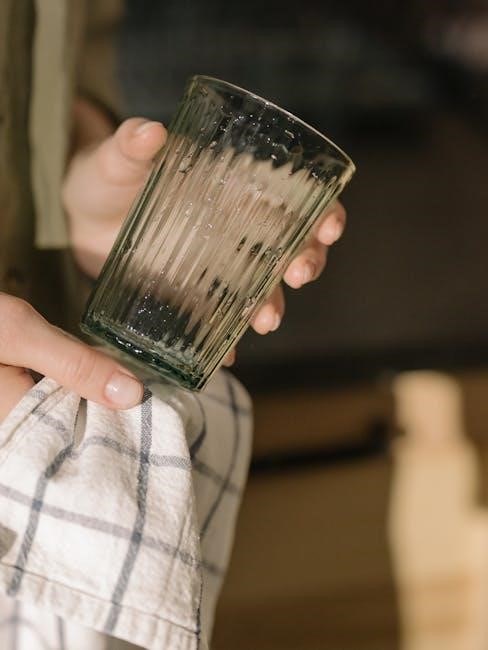
Creating a Cleaning Routine
Start with small, manageable tasks and set realistic goals to maintain consistency. A balanced routine helps reduce stress and creates a sense of accomplishment over time.
Establishing Daily Cleaning Habits
Start with small, consistent tasks like tidying for 10 minutes daily or wiping surfaces after meals. Use a timer to stay motivated and track progress with apps or journals. Focus on high-impact areas like the kitchen and bathroom. Create a “home” for belongings to avoid clutter. Practice the “one-touch rule” by putting things away immediately. Incorporate zone cleaning to tackle one area at a time. Involve family members for shared responsibility. Celebrate small wins to build momentum. Remember, daily habits prevent overwhelm and create a sense of control, making housekeeping manageable even during busy or stressful times.
Setting Up a Weekly Cleaning Schedule
A weekly cleaning schedule helps maintain consistency and prevents tasks from piling up. Designate specific days for different chores, such as cleaning bathrooms on Mondays, vacuuming on Tuesdays, and mopping on Wednesdays. Thursdays can focus on dusting and organizing, while Fridays tackle the kitchen. Saturdays are ideal for deeper cleans or tackling cluttered areas. Sundays can be for light tidying and preparation for the week ahead. Break tasks into smaller steps to avoid overwhelm. Involve family members to share responsibilities. Use a planner or app to track progress. Flexibility is key—adjust the schedule as needed to fit your lifestyle. Consistency will make cleaning feel more manageable and reduce stress over time.
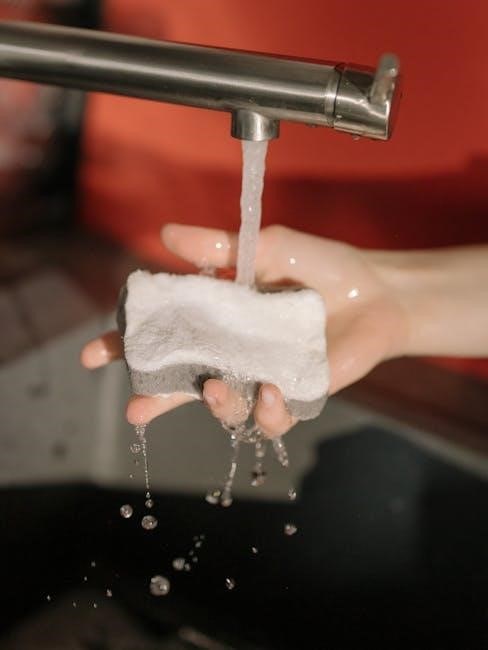
Decluttering and Minimalism
Decluttering reduces stress and improves focus by creating a calm environment. Minimalism promotes simplicity, helping maintain a clean space. Start small, prioritize needs over wants, and embrace intentionality.
Benefits of Decluttering for a More Organized Home
Decluttering creates a calm, stress-free environment, improving mental clarity and focus. It reduces time spent searching for lost items, enhancing productivity. A clutter-free space fosters better cleaning habits and prevents dust buildup. By removing unnecessary items, you highlight what truly matters, creating a sense of control and order. Decluttering also saves money by helping you identify what you already have, avoiding duplicate purchases. It promotes sustainability by encouraging reuse or donation of items. Overall, decluttering transforms your home into a peaceful, functional space that supports your well-being and makes maintenance easier. It’s a powerful step toward a more organized, intentional lifestyle.
Practical Steps to Achieve Minimalism
Start by assessing each room, sorting items into categories like keep, donate, or discard. Begin with small areas to avoid overwhelm. Focus on keeping items that bring joy or serve a purpose. Adopt the “one in, one out” rule to maintain balance. Store items in designated spaces to prevent clutter buildup. Consider the 80/20 rule—80% of the time, you likely use 20% of your belongings. Schedule regular decluttering sessions to maintain your space. Minimalism is a journey, so be patient and kind to yourself as you simplify your home and life, creating a more intentional living environment.
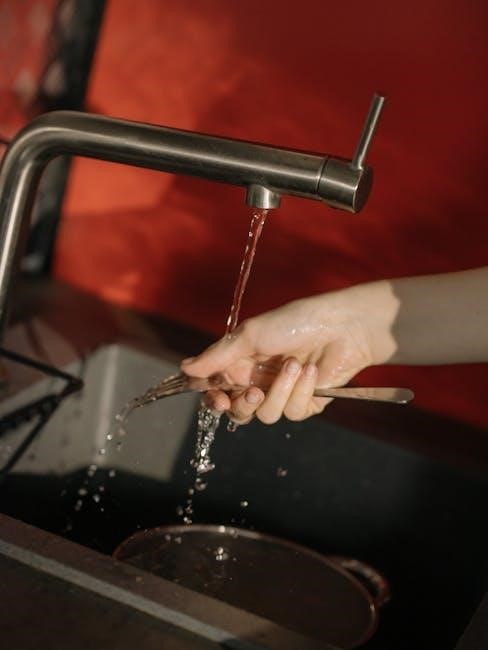
Organizing Your Living Space
Start by decluttering and assigning a purpose to each room. Create a cleaning schedule and involve family members in maintaining order. Use storage solutions and labels to maximize space and keep items accessible. Focus on consistency and compassion, understanding that organizing is a process that requires patience and effort. By implementing these strategies, you can create a peaceful and functional living environment that supports your well-being and makes daily life easier to manage.
Effective Strategies for Organizing Each Room
Start by identifying the purpose of each room and decluttering unnecessary items. Prioritize high-impact areas like entryways and kitchens. Use storage bins, labels, and shelves to keep belongings accessible and organized. Break tasks into smaller steps, focusing on one area at a time. Establish a daily routine for tidying up to maintain order. Consider assigning specific zones for family members to manage. Incorporate multi-functional furniture to maximize space. Don’t forget to organize hidden spaces like closets and drawers. Remember, organizing is a process—be patient and compassionate with yourself as you create a more functional and peaceful living environment.
Using Storage Solutions to Maximize Space
Optimizing your home’s space begins with smart storage solutions. Use stackable bins, labeled containers, and shelves to keep items tidy and accessible. Multi-functional furniture, like ottomans with storage or foldable tables, can help reduce clutter. Install hooks, baskets, or racks in entryways and closets to maximize vertical space. Utilize under-bed storage for linens or seasonal items. Consider investing in adjustable shelving to customize your space. Don’t forget to optimize hidden areas like drawer dividers or cabinet organizers. By implementing these strategies, you can create a more organized, efficient, and visually appealing home. Regularly assess and adjust your storage systems to ensure they remain functional and effective.
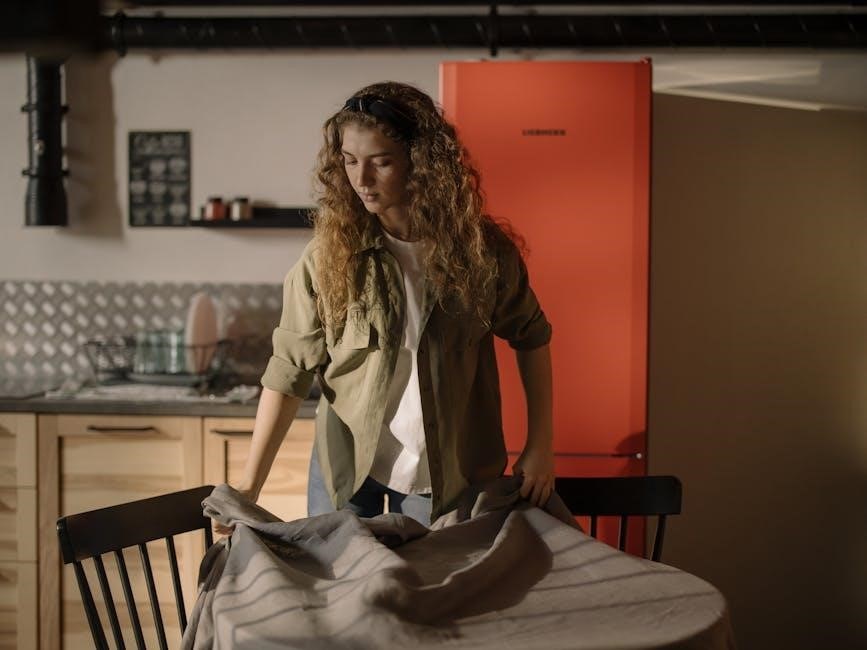
Practical Cleaning Tips
Essential cleaning supplies like multi-purpose cleaners, microfiber cloths, and sponges are must-haves. Regular quick cleanups, such as wiping surfaces and vacuuming high-traffic areas, maintain a tidy home. Use storage bins to organize clutter and keep frequently used items accessible. Incorporate simple hacks, like using baking soda for odors or vinegar for glass surfaces, to simplify tasks. Stay consistent with daily routines to prevent messes from building up, ensuring your home remains clean and comfortable with minimal effort.
Essential Cleaning Supplies Every Home Should Have
A well-stocked cleaning arsenal is key to maintaining a tidy home. Start with multi-purpose cleaners for surfaces, glass cleaner for streak-free windows, and disinfectants to sanitize high-touch areas. Microfiber cloths are versatile for dusting and wiping down surfaces, while sponges and scrubbers tackle tough messes. A vacuum cleaner and mop are must-haves for floors. Don’t forget a bucket, gloves, and a caddy to organize your supplies. Specialized cleaners like oven and bathroom cleaners tackle specific tasks. Optional items include air fresheners and odor eliminators. Having these essentials ensures you’re prepared to handle daily messes and deep cleans effectively, keeping your home clean and hygienic with minimal effort.
Quick Cleaning Hacks for Busy People
For those with hectic schedules, quick cleaning hacks can save time and energy. Start with a daily 10-minute tidy using a multi-purpose cleaner and microfiber cloths to wipe surfaces. Implement the “one-touch rule” by putting items away immediately. Use a caddy with essentials like wipes, spray, and gloves for speedy cleanups. Focus on high-impact areas like entryways and kitchens. Set a timer for short bursts of cleaning to stay motivated. Utilize storage bins to hide clutter quickly. For mirrors and windows, use a mixture of water and vinegar with a lint-free cloth. Keep a small vacuum or broom handy for fast floor cleanups. These hacks help maintain order without overwhelming busy individuals.
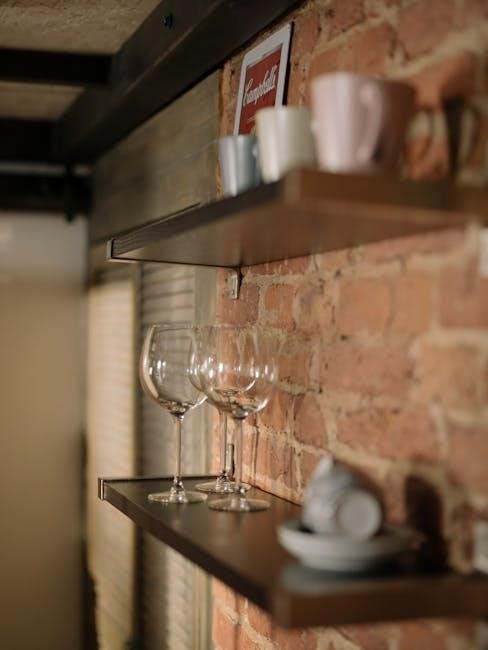
Keeping Your House Safe and Healthy
Maintain a safe and healthy home by preventing pests, mold, and moisture buildup. Ensure proper ventilation, store harmful items securely, and regularly clean high-touch areas to reduce germs and risks.
Preventing Pests and Mold in Your Home
Maintaining a clean and dry environment is crucial to prevent pests and mold. Regularly inspect for moisture damage and ensure proper ventilation in bathrooms and kitchens. Keep surfaces clean, store food securely, and eliminate standing water to deter pests. Use natural deterrents like essential oils or diatomaceous earth for non-toxic solutions. Fix leaks promptly and monitor humidity levels to inhibit mold growth. Seal entry points to prevent pests from entering. Implementing these strategies creates a safer, healthier living space and reduces the risk of infestations and mold-related issues.
Ensuring Proper Ventilation for a Healthy Environment
Proper ventilation is essential for maintaining a healthy and comfortable living space. It helps remove stale air, moisture, and pollutants, improving indoor air quality. Open windows regularly, especially in kitchens and bathrooms, to allow fresh air to circulate. Use fans or exhaust systems to enhance airflow and prevent moisture buildup, which can lead to mold growth. Regularly inspect and clean vents to ensure they function efficiently. Consider installing whole-house ventilation systems for consistent air exchange. By prioritizing ventilation, you create a fresher, healthier environment that supports overall well-being and reduces the risk of mold and mildew. A well-ventilated home is a happier, healthier home.

Involving Family Members in Housekeeping
Assign tasks to each family member based on their abilities to foster cooperation and responsibility. Working together creates a positive environment and teaches important life skills, ensuring everyone contributes to a clean and comfortable home.
Assigning Responsibilities to Family Members
Assigning tasks to family members ensures fairness and shared accountability. Create a list of chores suited to each person’s age and ability, fostering teamwork. Rotate tasks periodically to avoid monotony and teach diverse skills. Use a shared calendar or chart to track progress, encouraging responsibility and accountability. Praise contributions, no matter how small, to maintain motivation. Clear communication and mutual respect are key to making housekeeping a collaborative effort. This approach not only lightens the load but also strengthens family bonds and instills life-long habits of responsibility and cooperation in maintaining a clean and organized home.

Sustainability and Eco-Friendly Housekeeping
Adopt eco-friendly cleaning products and sustainable practices to reduce environmental impact. Use reusable supplies and energy-efficient methods to create a healthier, greener home environment for everyone.
Eco-Friendly Cleaning Products and Practices
Switching to eco-friendly cleaning products and practices is a sustainable way to maintain your home. Opt for natural ingredients like vinegar, baking soda, and essential oils to create effective, non-toxic cleaners. Choose reusable cloths, sponges, and refillable bottles to reduce waste. Energy-efficient appliances and methods, such as steam cleaning, can also minimize environmental impact. Always check for third-party certifications like EPA Safer Choice or Leaping Bunny to ensure products align with eco-friendly standards. By adopting these practices, you contribute to a healthier environment while keeping your home clean and organized. Small changes can make a significant difference over time.
Maintaining a clean home is about balance, not perfection. Embrace self-compassion, create routines, and start small. Your space reflects your well-being—keep it tidy with love and care.
Final Thoughts on Maintaining a Clean and Organized Home
Maintaining a clean and organized home is a journey, not a destination. It’s about finding balance, embracing self-compassion, and celebrating small victories. Remember, perfection is unattainable, and your home should reflect your unique life and needs. Focus on what brings you joy and creates a sense of calm. By implementing simple routines, practicing mindfulness, and prioritizing progress over perfection, you can cultivate a space that nurtures your well-being. Don’t hesitate to seek support or adapt strategies as life evolves. Every effort, no matter how small, contributes to a more organized and peaceful living environment. Start where you are and grow from there.

No Responses